We were lucky to catch up with J. Jordan Bruns recently and have shared our conversation below.
J. Jordan, thanks for taking the time to share your stories with us today Learning the craft is often a unique journey from every creative – we’d love to hear about your journey and if knowing what you know now, you would have done anything differently to speed up the learning process.
I believe I have a solid understanding of the mechanics of paint. High School provided an excellent foundation with my fantastic teacher, David King, who instilled valuable habits in me as a young painter. My skills continued to improve through the guidance of exceptional artists and teachers during my time at MICA (Maryland Institute College of Art). Even now, twenty years after graduating, I maintain contact with my favorite teacher, Ephraim Rubenstein, seeking his advice.
What I didn’t learn from incredible teachers, I discovered through experimentation. In grad school, I sourced the majority of my paint from the hardware store. Although my style wasn’t quite Jackson Pollock, it deviated from the classical styles I had honed for so many hours. I firmly believe that occasionally abandoning classical painting is essential for my artistic growth, despite suggestions from less helpful teachers urging me to focus on one style.
Even when exploring unconventional mediums like enamel and shellac, I kept classical direct observation painting on the side. I had numerous ideas that couldn’t be realized with traditional painting alone, yet I still aimed to enhance my skills in traditional painting. To this day, abstract paintings coexist with direct from life figure painting, and graphite drawings emerge simultaneously with spray-painted canvases.
A teacher once posed the question, ‘Why oil paint?’ What she meant was whether oil paint was the best medium for the idea. I never want to find myself in a situation where I have an idea but lack the skills or knowledge to do it justice on canvas. Therefore, I constantly strive to learn as much as I can about paint in preparation for the next project.
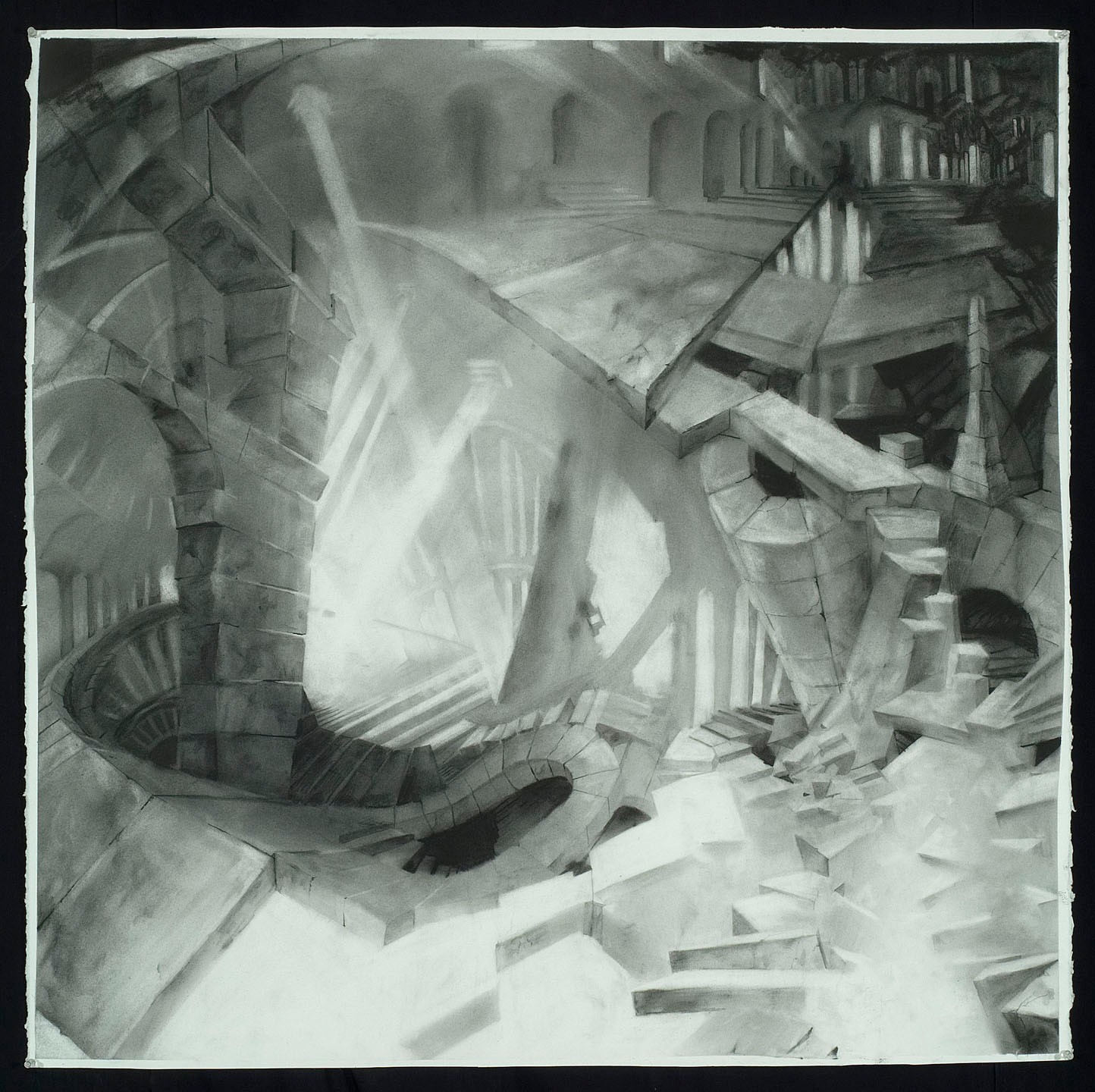
J. Jordan, before we move on to more of these sorts of questions, can you take some time to bring our readers up to speed on you and what you do?
My name is J. Jordan Bruns, and I’ve been the resident artist in the Chautauqua Tower at Glen Echo Park, Maryland, for the past 15 years. Over the last two decades, I have been creating both abstract and representational works while teaching the craft of drawing and painting for most of this time. I continue to conduct small group classes today, covering a variety of mediums and styles.
One aspect that sets me apart as an artist and teacher is my refusal to settle on one style or medium. I generate numerous ideas and adapt painting techniques to suit each concept. These classes take place in a studio space built in 1892, a collaboration with the Glen Echo Park Partnership, and it remains the most beautiful studio space in all of Maryland.
My journey into the role of a resident artist began directly after undergoing brain surgery at the National Institute of Health. Dealing with a rare tumor on my pituitary gland (Cushing’s Disease), wreaking havoc on my body and mind, I found myself in this unique position. As I recovered from my ordeal, the studio’s renovation coincided with my readiness, and the Park was searching for a resident artist. It felt serendipitous, as the drawings and paintings I was creating at the time were inspired by the interior of the Tower of Babel. I believe the Stone Tower space was a perfect fit, being a three-story tower in its own right. The fascination with the Tower of Babel continues to influence my abstract paintings today.
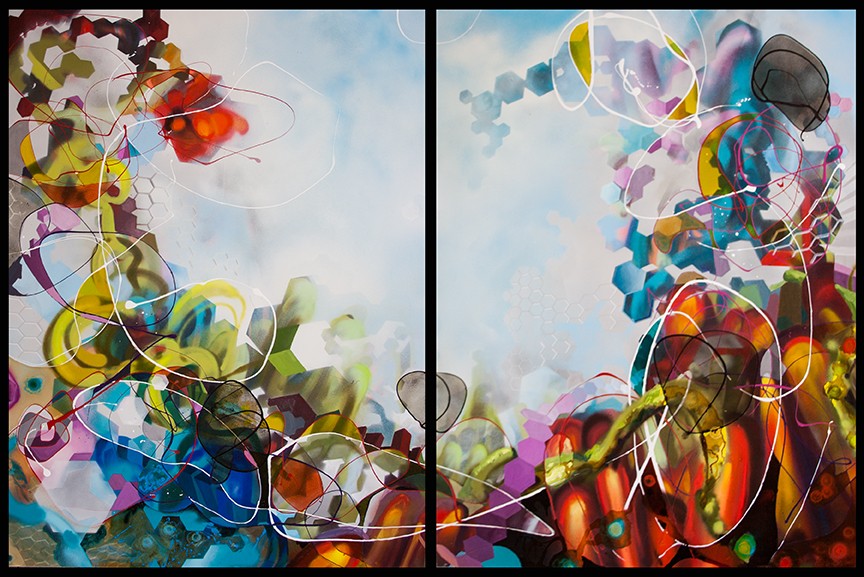
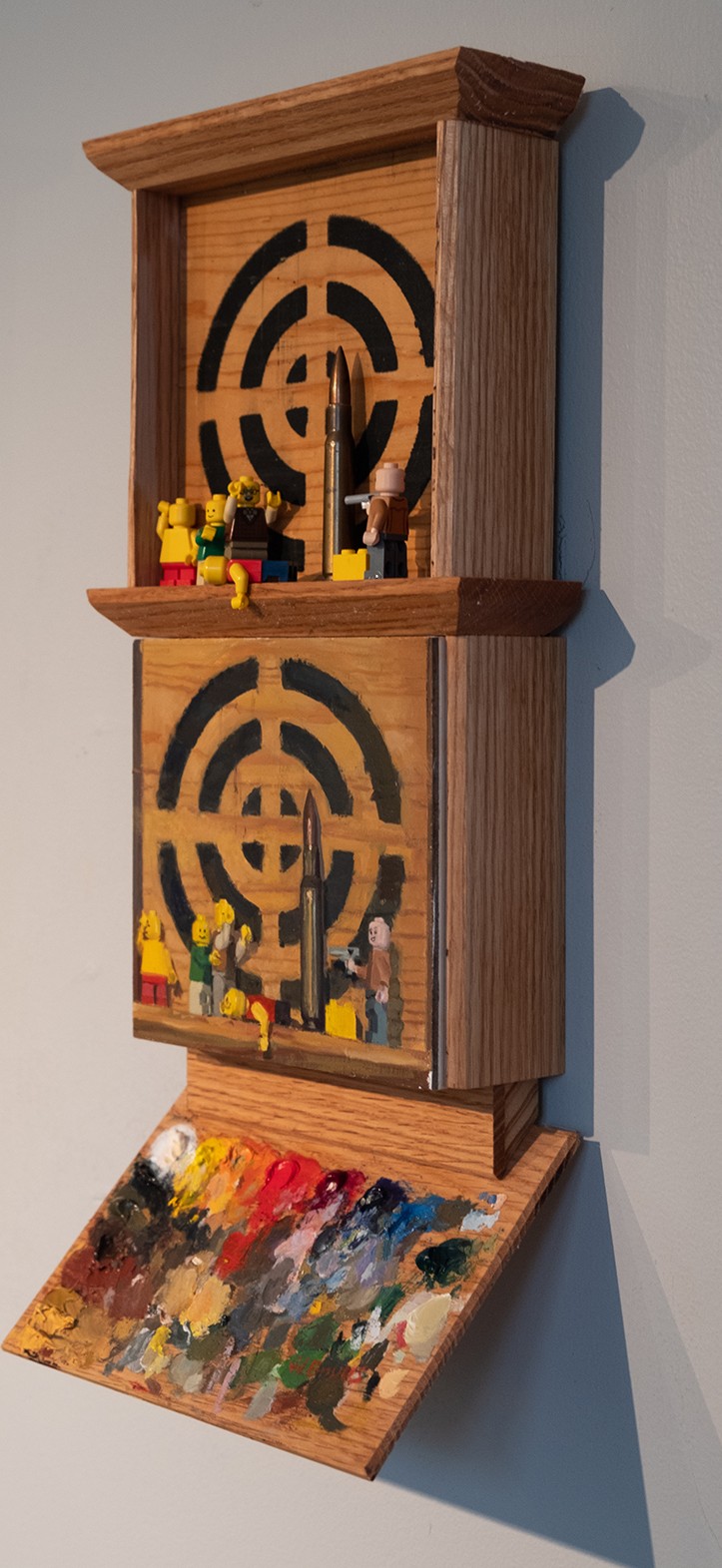
Let’s talk about resilience next – do you have a story you can share with us?
Cushing’s Disease is quite rare in men, affecting approximately 2 in a million. Interestingly, it is slightly more common in dogs and horses. This condition elevates cortisol levels to such an extent that, for me, it felt like someone was constantly chasing me with a knife. However, I had this tumor undiagnosed for over nine years. The stress hormones, weight gain, and high blood pressure crept up on me gradually, akin to a frog being boiled in a pot. It became my normal state.
The disease also shrinks the hypothalamus, making remembering anything in the short term next to impossible. During grad school, teachers would offer advice, only for me to immediately forget their suggestions. At one point, I was put on probation and came close to being kicked out of from the program. The silver lining was that, due to sleeping only a couple of hours each night, I produced a significant amount of work—enough to fill the IU Art Museum for a solo show, a rare achievement that I don’t know was ever replicated again.
When I later spoke to neurosurgeons, they were flabbergasted that I had managed to complete higher education in such a challenging condition. I am relieved that chapter of my life is now over.
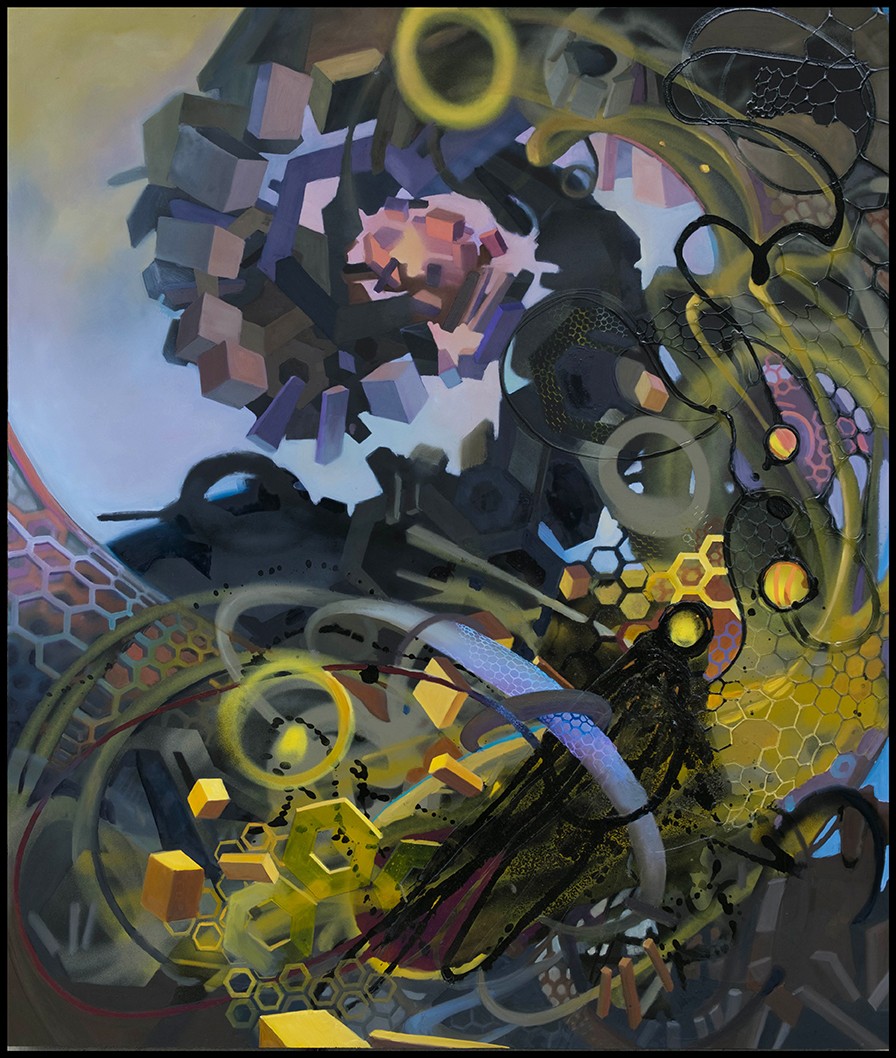

How can we best help foster a strong, supportive environment for artists and creatives?
This is pretty straightforward: don’t buy mass-produced art. Avoid letting AI handle the artmaking. Instead, go out, learn about art, find something you like, and buy it. No haggling – invest in what is good and original. Appliances, computers, and items of this nature will need replacement, but art should last a lifetime.
Spread the word about art. Brag/share your new art acquisitions. Advocate for the artist, as the more renowned and sought-after they become, the more valuable your art becomes. If you have extra cash, buy art for each season. Imagine how cool it would be to rearrange the art on your walls whenever your mood calls for a change. Invest your money in the new and original.

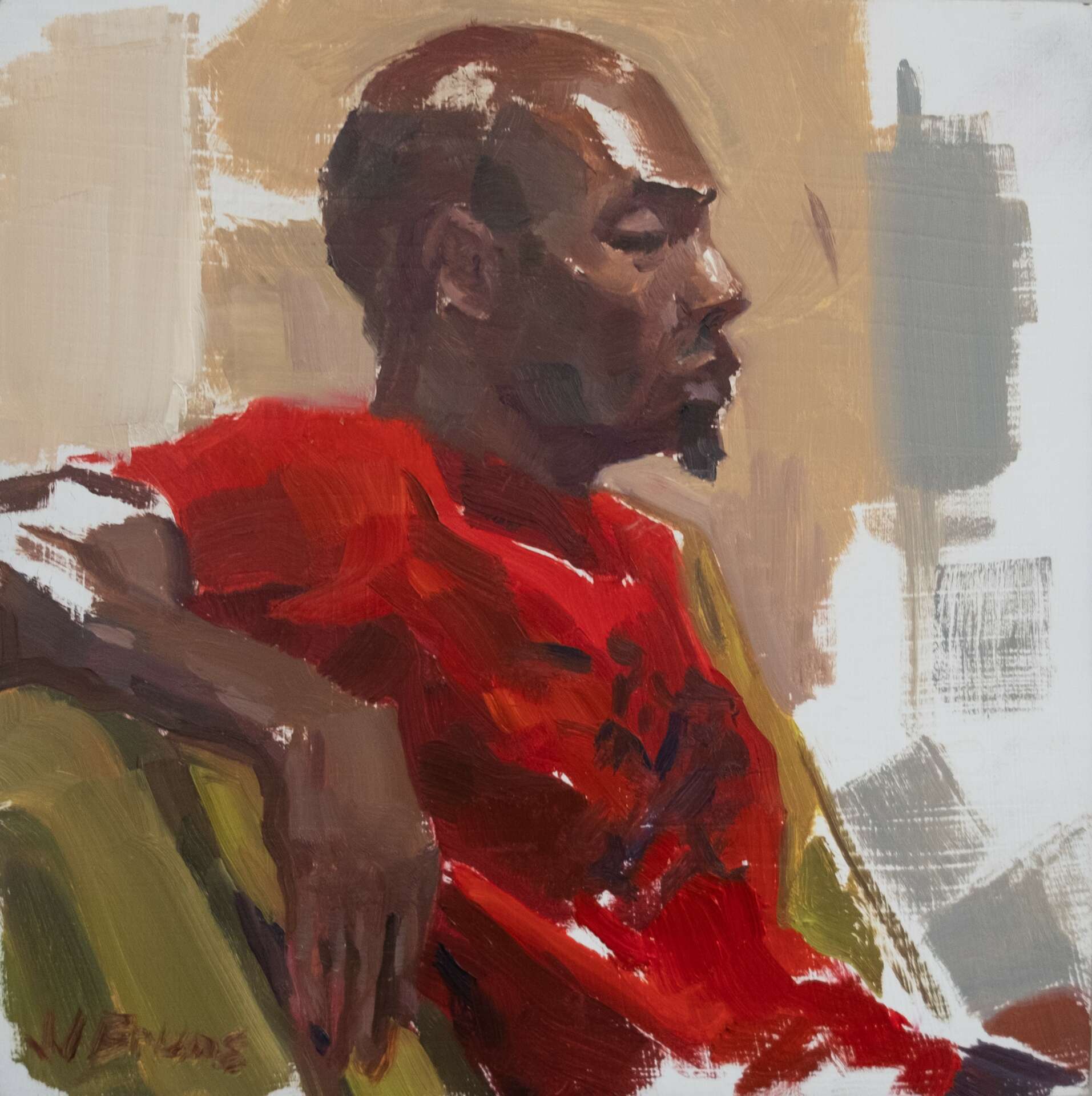
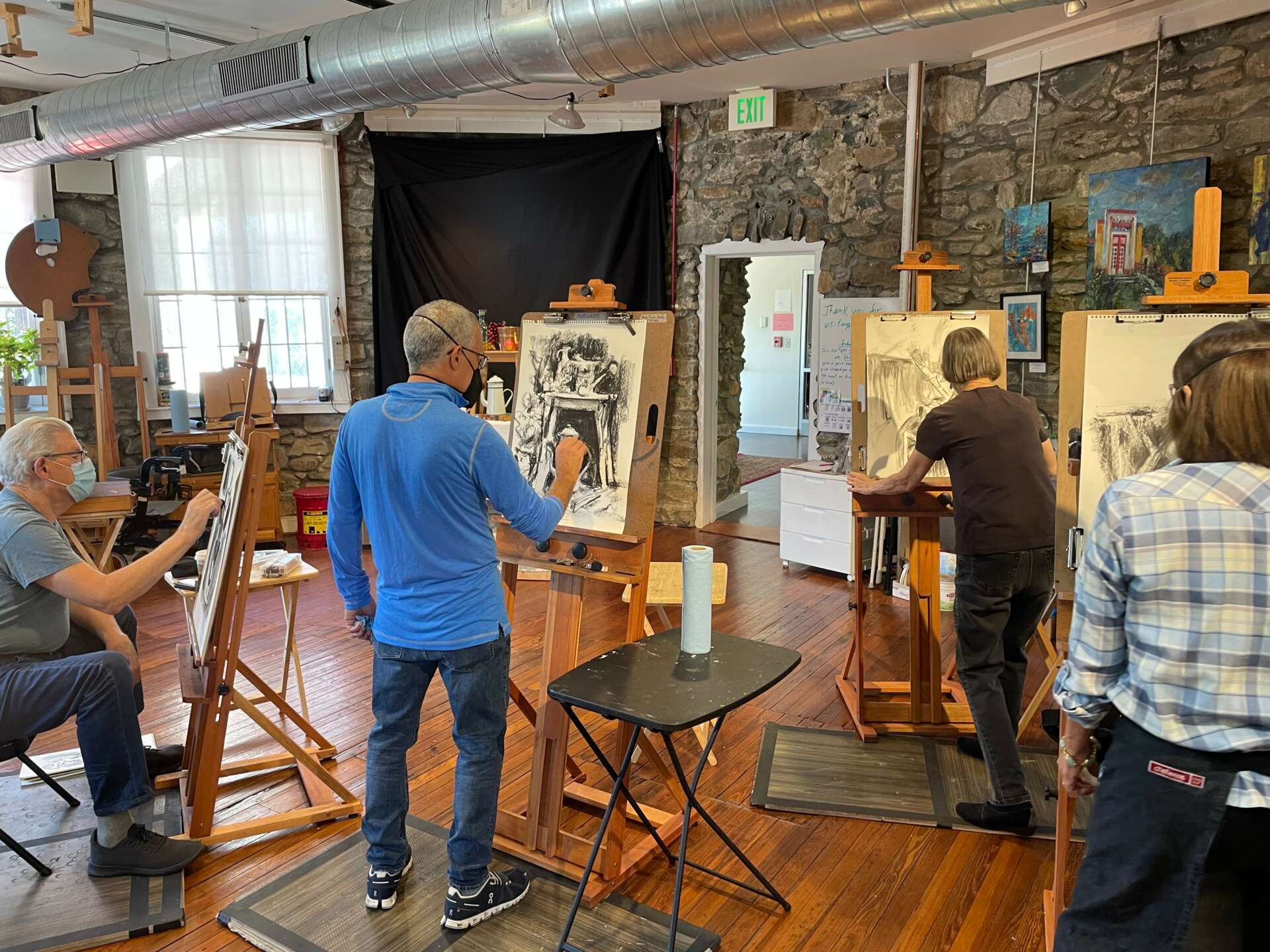
Contact Info:
- Website: www.jjbruns.com
- Instagram: @jjordanbruns
- Facebook: The Art of J. Jordan Bruns
- Linkedin: J. Jordan Bruns


